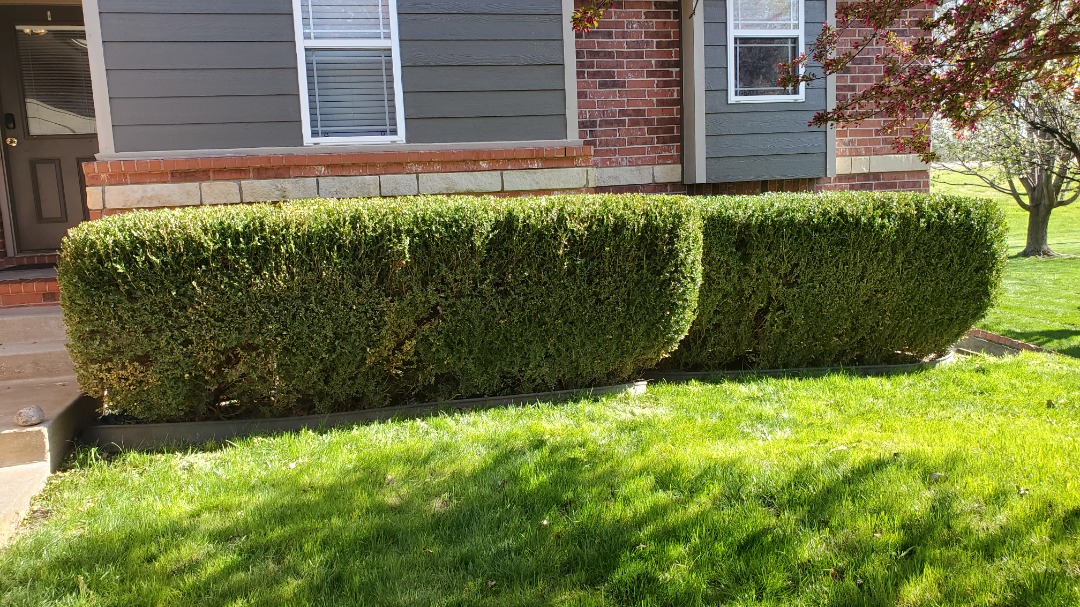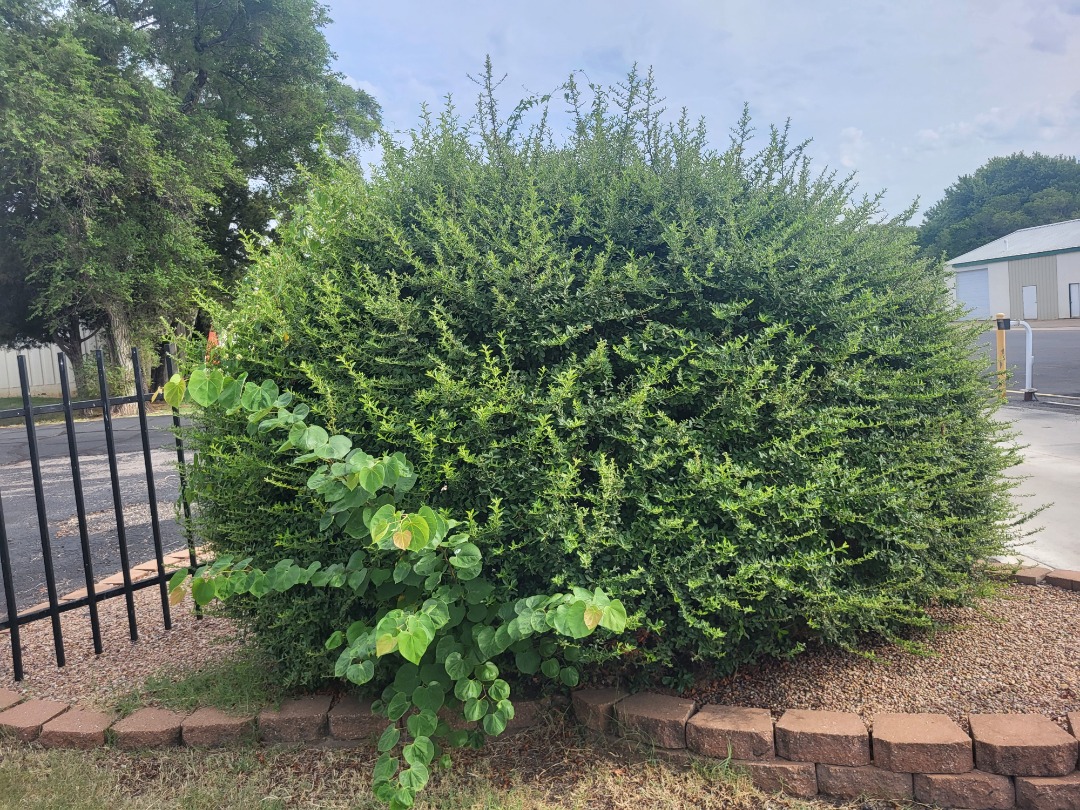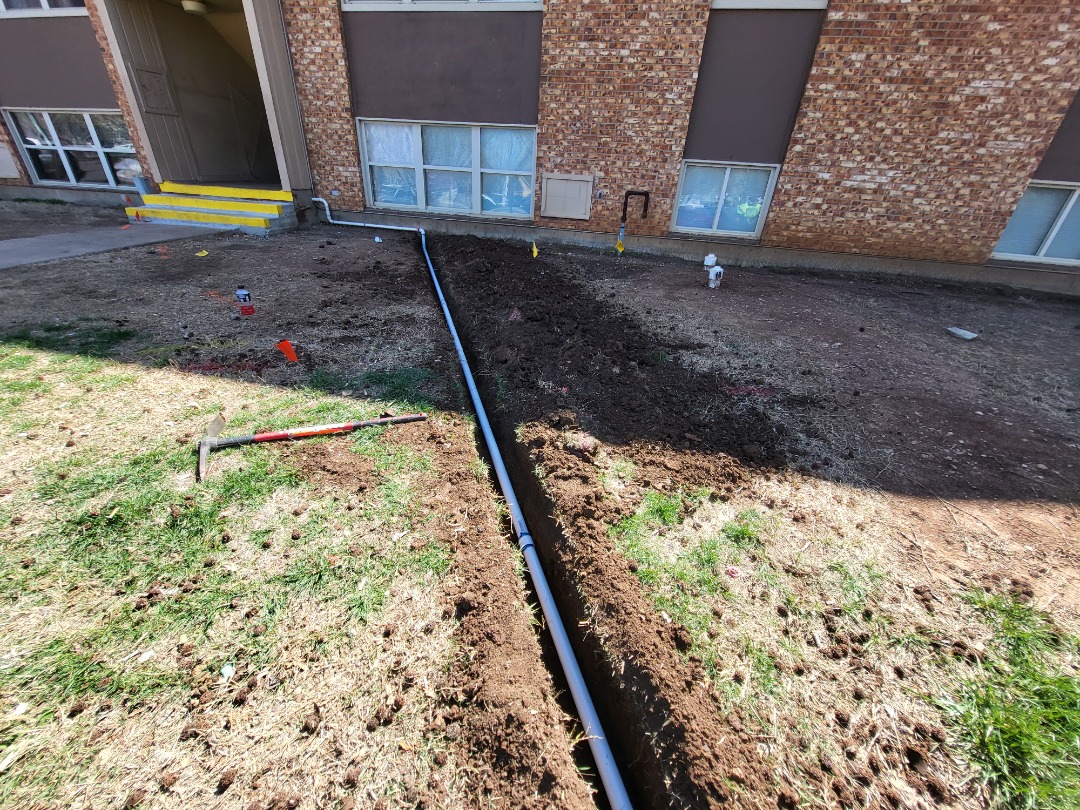The Best Plants to Incorporate for Your Landscaping Project
Landscaping is an element that doesn’t just enhance the beauty of your home, but it can also increase your home’s value and offer environmental benefits for both plants and animals. It provides endless hours of enjoyment and peace of mind for many homeowners. But landscaping also needs to be done with intent and purpose. If people don’t have any intent behind their landscaping, it can look like a mess, and the money you spend is not worth the results. This article will provide a simple (and affordable) landscaping tactic: native planting! Let’s get into it.
Why You Should Get Native Plants for Landscaping
Planting Native Plants Helps the Environment
Before starting your landscaping project, you may want to know why you should consider native planting, especially if you live in Wichita, Andover, El Dorado, or other surrounding areas. What benefits could native planting, in particular, bring to your landscape? They can bring a lot of benefits. For instance, native planting helps to conserve water. This is due to their natural adaptations, which allow them to thrive in Kansas’s environment. Their deep root system helps retain soil moisture and reduces the need for irrigation compared to non-native Kansas plants. Another benefit is that they can help the soil by preventing soil erosion, stabilizing it, and improving its ability to absorb and filter water.
In addition, native plants can help control erosion, recharge groundwater and reduce flooding risk. It promotes biodiversity so wildlife won’t just survive but thrive in your garden. You can expect welcome visitors like butterflies, birds, bees, and small mammals. Promoting your wildlife’ll support your local species and turn your garden into a living, breathing oasis for animals in all walks of life. This means you can experience more and get more out of your garden without any additional maintenance attached.
How Native Plants Can Save You Money
Did you know that planting native plants for your landscaping and garden also saves you money? You may have figured since native plants can help conserve water, they reduce your water bill. But it can also save you money in other ways. For instance, it will help reduce your maintenance costs as well. This is because native plants will need little to no mowing, fertilizing, pruning, or pesticide application due to them already getting all the requirements they need from the environment. This can save homeowners money regarding labor, equipment, and chemical costs. Maintenance budgets can be reduced by up to 80% if you replace grass with native groundcovers. It can also help you in the long term since it does cost more money to install native plants. However, it balances out since you’ll spend less between water, maintenance, and extra chemical treatments in the long run.

What Are the Best Native Flora for Your Landscaping Project?
The Best Native Trees for Your Landscaping
Some of the best trees you can get for your landscaping are native ones. They are low maintenance, resilient, and vital for your local wildlife. For example, you can get large shade trees like bur oak, chinkapin oak, swamp white oak, or Shumard oak. These are hardy, drought-resistant, and last for a long time. They are all native trees, but maybe you’re not into getting a huge oak tree. So, we’ll continue the list with the next tier of trees: small to medium size trees. One of the best medium-sized trees is the eastern red cedar. They are a native evergreen plant and can provide excellent windbreaks, privacy screens, and a wildlife habitat. If you have poor soils and drought, they are the perfect fit for you. American plum trees bear tasty, edible fruit, bloom in the spring, and help support local pollinators. Pagoda dogwood is a great option for partial shade under powerlines and to support pollinators. As you can see, there are many trees to choose from, so pick your trees wisely.The Best Native Plants For Your Landscaping
If you’re not interested in trees, how about plants? There are tons of Kansas plants you can choose from. You can either plant the same species of plant, or you can choose between a bunch. Either way, they’re an option that provides beauty, resilience, and vital wildlife support for your yard. For example, butterfly milkweed is a good option. It yields bright orange flowers, attracts butterflies, and is drought-resistant. Prairie Coreopsis has sunflower-like yellow blooms and is good for homeowners with poor soil and hot yards. Purple coneflower, Liatris, and Missouri Evening Primrose yield very colorful results, and you shouldn’t hesitate to get them if they suit your needs.
Additional Landscaping Tips for Your Yard
Consider How Design Comes into Play
When you are planning your landscaping, you want to consider how your design will come together. Grouping native plants that need similar water, soil, and sunlight will help them thrive better and reduce the maintenance you need. If you place Kansas native trees in strategic spots, they can also offer natural shade for other plants and outdoor living areas, helping your landscaping feel more balanced and refreshing.
It is also important to consider the layout and flow of your yard. Curves, layers, and intentional paths can make your landscaping feel more natural while giving it a polished look. You want your landscaping to have both beauty and purpose, and a well-thought-out design will make your native plants stand out while enhancing the overall feel of your property.
Establish a Healthy Environment for Your Plants
Another key part of a successful landscaping project is creating a healthy environment for your plants. If you live in areas with heavy rains or loose soil, you may want to consider erosion control. Adding retaining walls or choosing plants with strong root systems can help anchor the soil and prevent water from washing it away. Many Kansas native trees and plants are perfect for this because they are naturally adapted to handle these conditions.
A good irrigation plan is also essential. Even though native plants typically need less water, a smart irrigation system ensures they get what they need during dry spells. With the right combination of smart design, healthy soil practices, and drought-resistant native plants, your landscaping will withstand the elements while still offering a stunning outdoor retreat you will love for years to come.

Conclusion
Now that you know how important landscaping design is, how native planting can help YOU personally, and what are some of the best species you can choose, what are you waiting for? Your landscape is a place where you should feel calm and relaxed. You’ll feel at peace in your outdoor living space by having an environmentally friendly, affordable, beautiful-looking landscape. But to get the best landscaping, you need access to the best services to install them. That’s where we come in! With our exemplary landscaping knowledge, we’ll be able to help you plan out your perfect landscaping. At Divine Lawns, you can count on us to make a truly divine space that provides you with endless hours of relaxation. Contact us today, and we’ll be sure to contact you soon.

"*" indicates required fields

Stephanie D.

Nolan A.

Tom F.

Anthony H.
 (316) 435-3509
(316) 435-3509 office@divine-lawns.com
office@divine-lawns.com